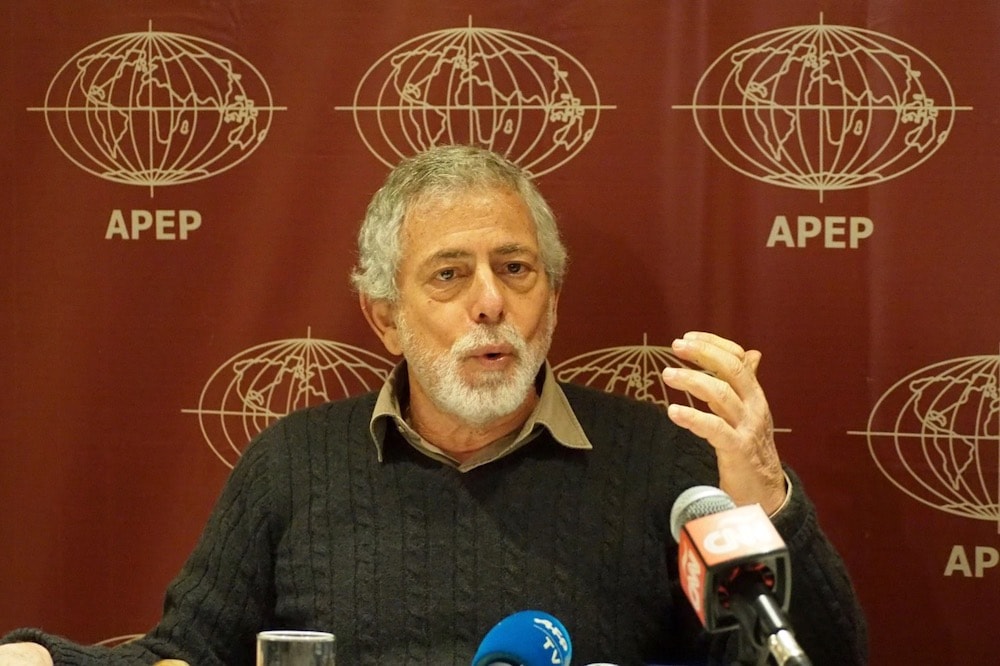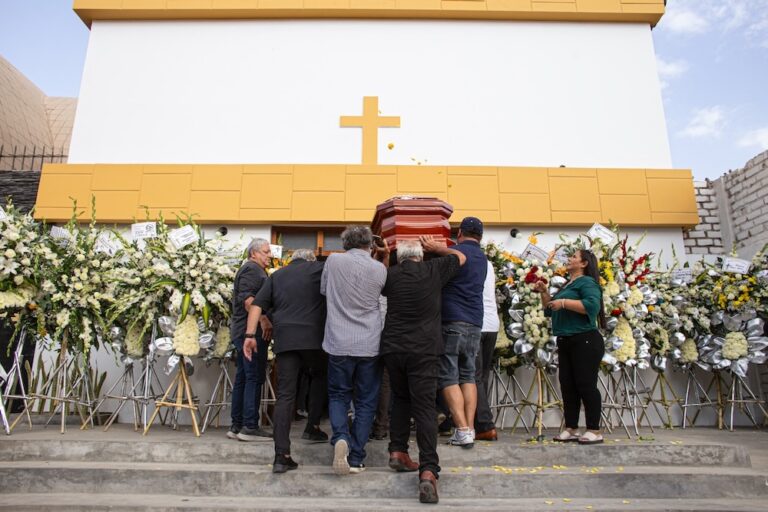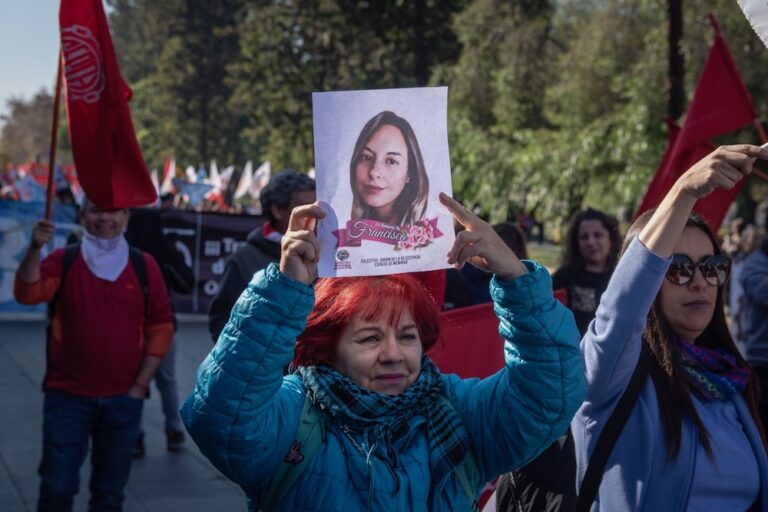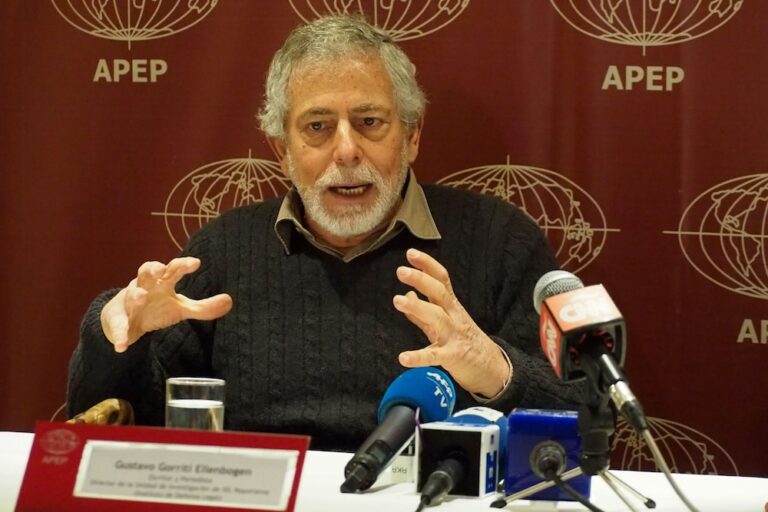In Peru, the right-wing group La Resistencia is fueling anti-press sentiment by spreading a web of lies and disinformation, endangering journalists and undermining press freedom.
This statement was originally published on cpj.org on 14 July 2023.
Journalist Gustavo Gorriti remembers the days – just a few years ago – when people on the streets of Lima approached him to congratulate him for exposing corrupt government officials, drug trafficking mafias, and human rights abusers. A few even asked him to pose for selfies. These days, though, motorists shout insults at him from their cars. He’s been told that he faked his 1992 kidnapping and that he belongs in prison. He gets dirty looks and faces an avalanche of online abuse.
Gorriti, the founder and editor-in-chief of the award-winning Lima-based investigative news website IDL-Reporteros blames the backlash largely on La Resistencia, or “The Resistance,” an ultra right-wing group that has picketed the homes and offices of prominent journalists, politicians, and human rights activists, claiming they are pushing Peru towards communism and chaos. The group has also disrupted book events and news conferences and has clashed with left-wing protesters. Critics describe its members as bullies and shock troops at the service of right-wing politicians.
La Resistencia has staged about 20 raucous protests outside the office of IDL-Reporteros and in front of Gorriti’s home over the past five years. The group was recently at the center of a small political earthquake in Peru; its July 10 meeting with Deputy Culture Minister Juan Reátegui caused such an uproar among the Peruvian press corps that Reátegui was fired the next day.
The press had good reason to object: through loudspeakers and bullhorns, La Resistencia members have hurled death threats and antisemitic slurs at Gorriti, who is Jewish. They insist that IDL-Reporteros produces fake news and that, instead of divulging wrongdoing by the powerful, Gorriti and his team of journalists are themselves the corrupt ones.
These falsehoods are magnified on social media and by right-wing outlets in Peru, like TV station Willax and the daily newspaper Expreso. All this, Gorriti says, reduces the impact and traction of IDL-Reporteros’ investigative journalism.
“It’s an accumulation of lies that amounts to character assassination,” Gorriti, 75, said in an interview last month in his cramped office in Lima. “We must never underestimate the power of disinformation.”
Gorriti isn’t the only one who sees the rise of La Resistencia as ominous for press freedom in Peru, which was already under stress amid a rising number of criminal defamation lawsuits filed against journalists and attacks on dozens of reporters during anti-government protests earlier this year.
So far, none of the targeted journalists has been physically attacked by La Resistencia but they fear this could be the next step.
“La Resistencia is made up of fanatics who foment violence and intolerance on behalf of the worst elements of Peruvian politics,” said Antonio Zapata, a Peruvian historian and columnist for La República, a Lima newspaper that has been targeted by the group.
La Resistencia was founded in 2018 by Juan José Muñico, a 47-year-old metalworker from a working-class neighborhood of Lima. A 2020 investigation by IDL-Reporteros said that when Muñico was 22, he was questioned in a 1998 murder case of a Peruvian army soldier; Muñico was never charged and the case remains unsolved.
In a rare interview, Muñico told CPJ that he formed La Resistencia, which he said counts some 150 members, in response to what he and others viewed as an alarming leftward drift in Peruvian politics and society. He said former police officers and military personnel are part of the group which supports conservative family values. Its slogan is: “God, homeland, and family.”
La Resistencia often targets independent Peruvian media outlets and journalists who have reported on corruption scandals involving right-wing politicians and on human rights abuses carried out by the police and military. Muñico claims that many of these reports are either exaggerated or false.
“The media manipulates information all the time,” he told CPJ. “So, we began to identify the journalists who are saying these things.”



